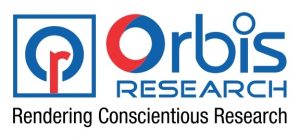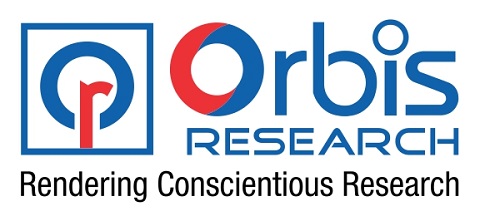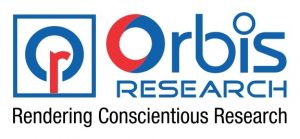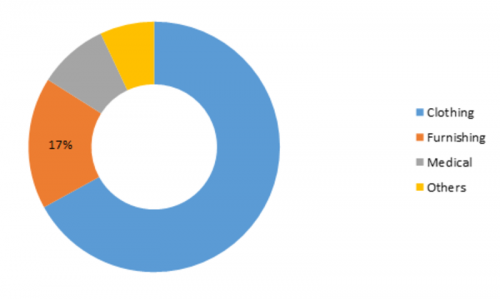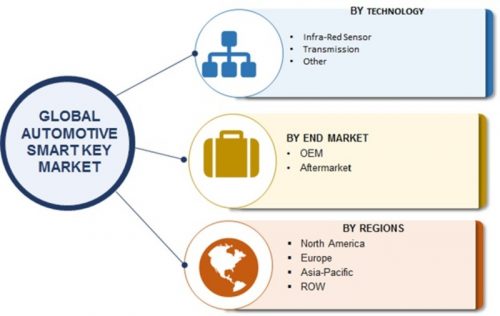The automated test equipment market is mainly dependent on semiconductor chip availability. Increasing demand from smartphones, computers and tablets have pushed the production capacity thus impacting the revenue of global industry positively.

Selbyville, United States – September 30, 2019 /MarketersMedia/ —
The automated test equipment market is expected to witness a sustainable growth, rising at a CAGR of 2.6% over the period of 2015-2022. Commercialization of IoT or Internet of things will create a pool of opportunities for the ATE industry players globally. The design complexities pertaining to these digitized devices will demand for precise testing of these products, thereby boosting the automated test equipment market growth.
Growing smartphone penetration is a major factor catalyzing the market share as the introduction of advanced technological features in these gadgets has in turn increased the design complexities. Also, rising consumer electronics demand, use of electronic equipment in vehicles, growing trend of miniature devices in sectors like defense and IT & telecommunication are also fueling the automated test equipment market share.
Get sample copy of this research report @ https://www.gminsights.com/request-sample/detail/146
The automated test equipment market is mainly dependent on semiconductor chip availability. Increasing demand from smartphones, computers and tablets have pushed the production capacity thus impacting the revenue of global industry positively. Increasing dependency on semiconductor devices and resulting supply and demand gap may hamper the industry growth.
Non-memory automated test equipment market is set to exceed USD 3 billion due to high adoption in microcontroller based applications. Memory ATE is expected to have steady growth over the forecast timeline owing to the cyclical growth variations in comparison to non-memory semiconductors. Expansion of smartphone sector coupled with LTE will have a positive impact on revenue. Discrete equipment segment is anticipated to grow at a about 3% from 2015 to 2022.
ATE application revenue in the IT & Telecommunication industry is forecast to reach USD 2.20 billion by 2022 driven by huge demand for testing services by communication service providers and telecom equipment manufacturers. Also, rising demand for consumer electronics such as smartphones, tablets, etc. will drive the consumer electronics automated test equipment market size to reach USD 1.3 billion by 2022.
ATE product market can be segmented as Non-memory, Memory, and Discrete. Non-memory ATE market dominated the overall industry accounting for 75% revenue. Rising consumer electronics demand, coupled with growth in the automotive sector will positively impact the industry share, which is expected to grow at a CAGR of 2.8% over the period of 2015-2022. Discrete automated test equipment market will be the fastest growing product segment registering a CAGR of 3% over the forecast timeframe.
Browse key industry insights spread across 110 pages with 31 market data tables & 29 figures & charts from the report, “Automated Test Equipment Market” in detail along with the table of contents @ https://www.gminsights.com/industry-analysis/automated-test-equipment-ate-market-size
APAC automated test equipment market is likely to exceed USD 3.5 billion by 2022 due to the presence of many semiconductor manufacturers. Positive regional growth is attributed to rapid technological advancements and changing consumer preferences. North America ATE market accounted for over 10% of the total revenue share in 2014. Advancements in telecommunication along with rising investments in defense will surge the demand for this region.
Advantest, Aeroflex, Anritsu, Cal-Bay Systems, LTX-Credence, Teradyne, Agilent Technologies, National Instruments Corporation are some of the players in this industry. Teradyne accounted for more than 40% of the industry share in 2015. Various strategies followed by companies are new product developments, customer relationship management and improving standard platforms.
Glimpse of Table of Content (ToC)
Chapter 5 ATE Application Insights
5.1 Automotive
5.1.1 Global demand in automotive, by region, (USD Million), 2012 – 2022
5.2 Consumer
5.2.1 Global demand in consumer applications, by region, (USD Million), 2012 – 2022
5.3 Defense
5.3.1 Global demand in defense, by region, (USD Million), 2012 – 2022
5.4 Telecommunication & IT
5.4.1 Global demand in IT & telecommunication, by region, (USD Million), 2012 – 2022
5.5 Others
5.5.1 Global demand in other applications, by region, (USD Million), 2012 – 2022
Chapter 6 Automated Test Equipment Market Regional Insights
6.1 North America
6.1.1 North America ATE market by product, (USD Million), 2012 – 2022
6.1.2 North America ATE market by application, (USD Million), 2012 – 2022
6.2 Europe
6.2.1 Europe ATE market by product, (USD Million), 2012 – 2022
6.2.2 Europe ATE market by application, (USD Million), 2012 – 2022
6.3 Asia Pacific
6.3.1 Asia Pacific ATE market by product, (USD Million), 2012 – 2022
6.3.2 Asia Pacific ATE market by application, (USD Million), 2012 – 2022
6.4 Latin America
6.4.1 Latin America ATE market by product, (USD Million), 2012 – 2022
6.4.2 Latin America ATE market by application, (USD Million), 2012 – 2022
6.5 MEA
6.5.1 MEA ATE market by product, (USD Million), 2012 – 2022
6.5.2 MEA ATE market by application, (USD Million), 2012 – 2022
Browse complete Table of Contents (ToC) of this research report @ https://www.gminsights.com/toc/detail/automated-test-equipment-ate-market-size
About Global Market Insights:
Global Market Insights, Inc., headquartered in Delaware, U.S., is a global market research and consulting service provider; offering syndicated and custom research reports along with growth consulting services. Our business intelligence and industry research reports offer clients with penetrative insights and actionable market data specially designed and presented to aid strategic decision making. These exhaustive reports are designed via a proprietary research methodology and are available for key industries such as chemicals, advanced materials, technology, renewable energy and biotechnology.
Contact Info:
Name: Arun Hegde
Email: Send Email
Organization: Global Market Insights, Inc.
Address: 4 North Main Street
Phone: 3028467766
Website: https://www.gminsights.com/pressrelease/automated-test-equipment-ate-market
Source: MarketersMedia
Release ID: 88924072
